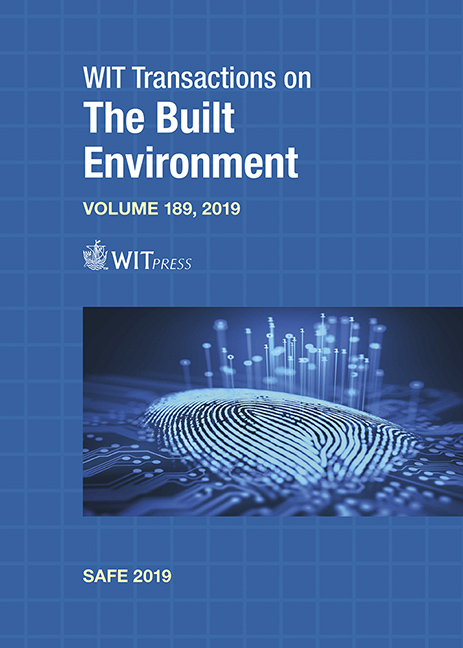PRACTICALITY OF RISK ANALYSES OF ESTABLISHMENTS
Price
Free (open access)
Transaction
Volume
189
Pages
13
Page Range
131 - 143
Published
2019
Paper DOI
10.2495/SAFE190131
Copyright
WIT Press
Author(s)
HELMUT KÖRBER
Abstract
Quantitative risk analyses require high expenditures from a skilled workforce (many person-years), which is mostly unaffordable for an SME industrial establishment. Therefore, a much less workforce-consuming methodology – SQP (Semi-Quantitative Procedure) – was developed. SQP consists of two parts, TRA (Tabular Risk Analysis) and ACCS (Analysis by Conservatively Covering Selection). The risk R is the product of the severity of a damage S of an accident and the probability P of its occurrence. Instead of quantitative numerical values for S and P, SQP is using risk parameters Sn and Wn, similar to VDE/VDI 2180 or SIL. From this, a risk indicator Rn is determined. The method provides a set of differentiated levels of risk. Risk analyses using SQP have been carried out for several industrial establishments being subject to Seveso III Directive upper-tier group. In all cases, it was possible to uncover those (in general very few) installations of the site of operation generating a risk reasonably above the average. The introduction of SQP in the companies has been easy due to the similarity and the experience of the engineers with SIL. Instead of a workload of person-year(s) for a risk analysis of an establishment, only some two person-weeks are required.
Keywords
risk assessment, industrial establishment, upper-tier, probabilistic analysis, Seveso III, semi-quantitative risk analysis, SIL, severe accident, low workload, practicality





